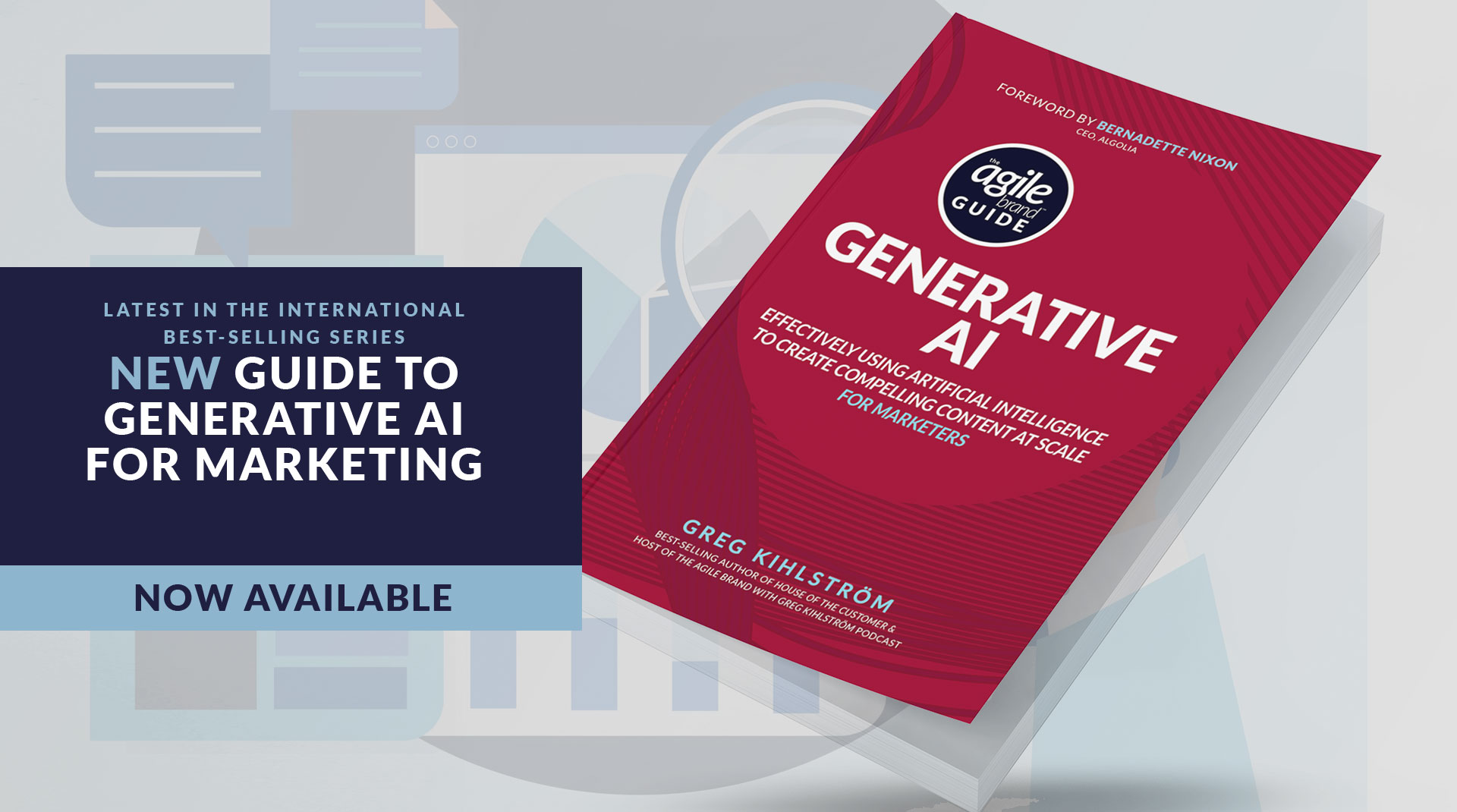Latest AI Posts
AI’s impact on retail efficiency
This article was based on the interview with Kristin Schoenstein and Elizabeth Robillard from eTail Palm Springs by Greg Kihlström,…
Overcoming potential challenges with Generative AI
This article was based on the interview with Jon Ricketts of Writerly by Greg Kihlström, MarTech keynote speaker for The…
Left-brain right-brain AI explained
This article was based on the interview with Peter van der Putten from Pega by Greg Kihlström, MarTech keynote speaker…
Leveraging AI for agility in a B2B environment
This article was based on the interview with Tommi Marsans by Greg Kihlström, MarTech keynote speaker for the B2B Agility…
AI is an augmentation, not a replacement
This article was based on the interview with Deane Barker of Optimizely by Greg Kihlström for The Agile Brand with…











